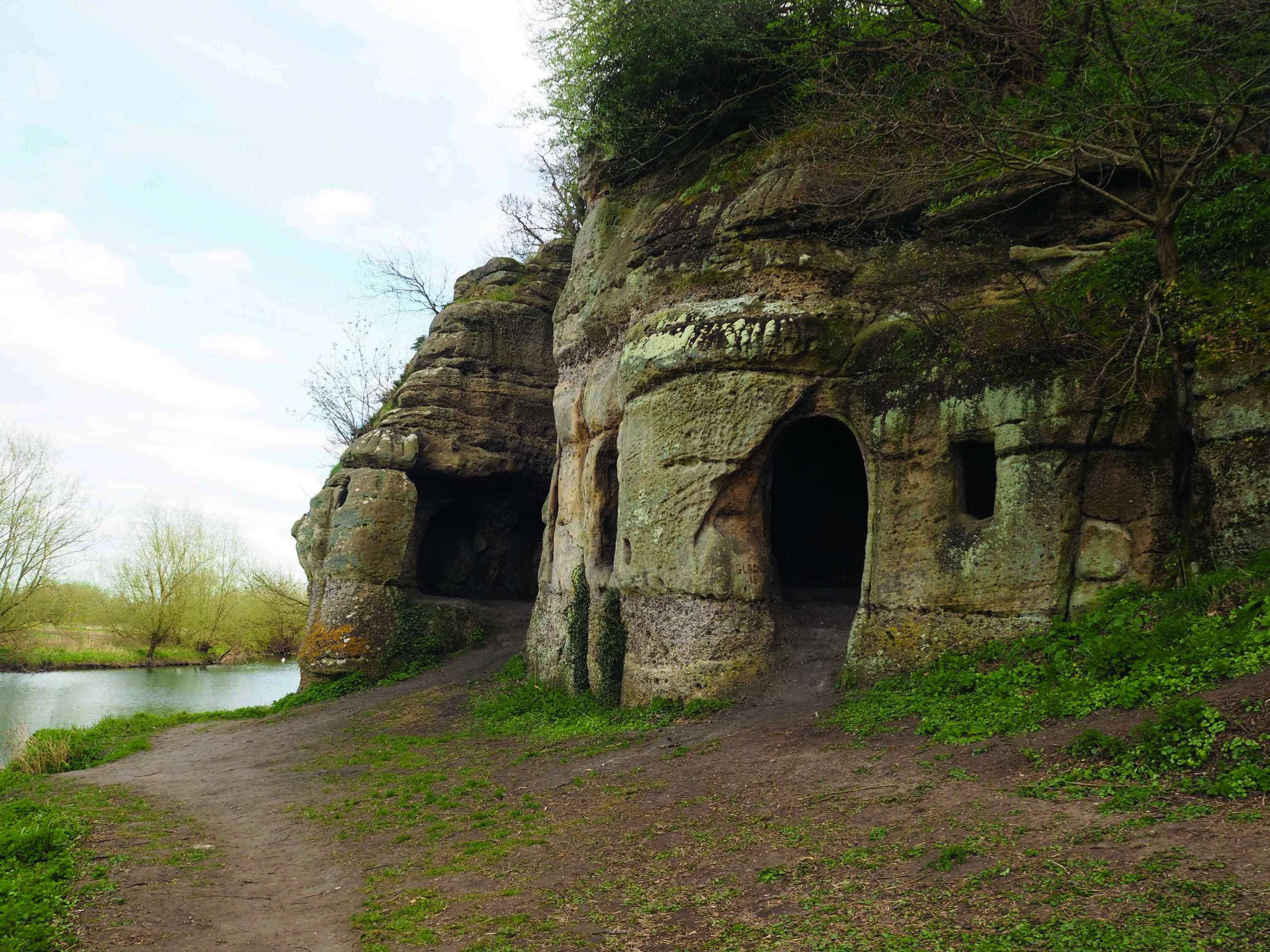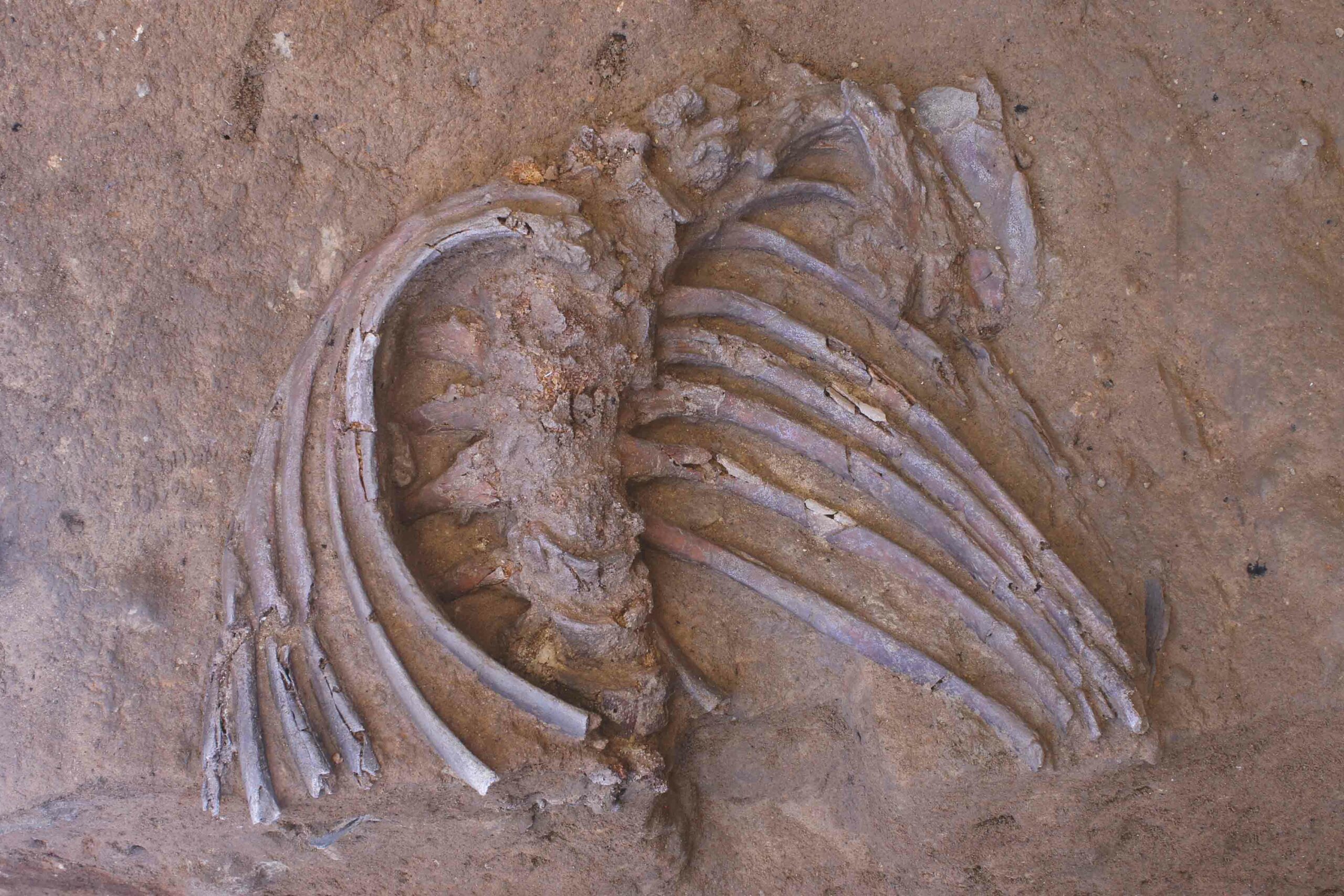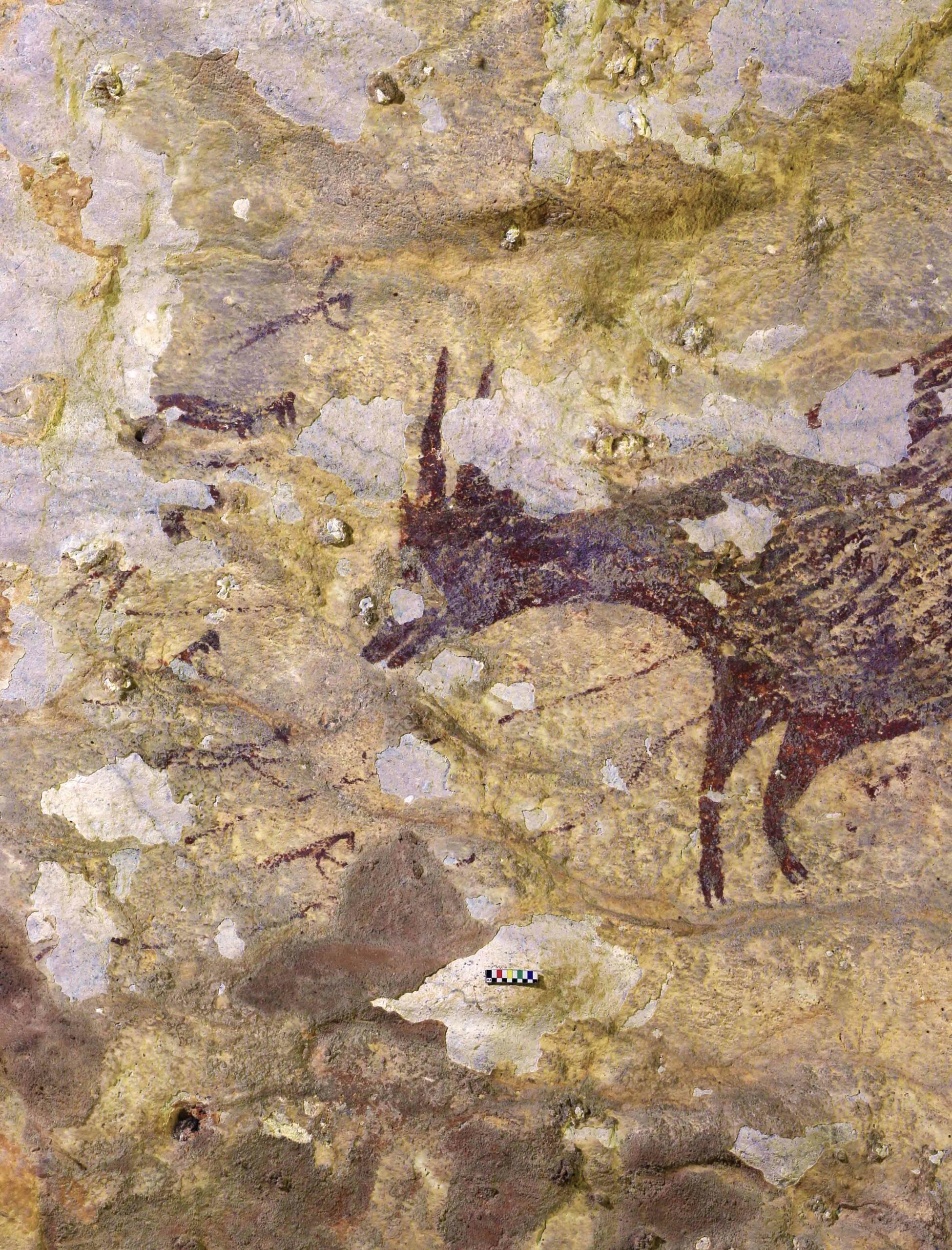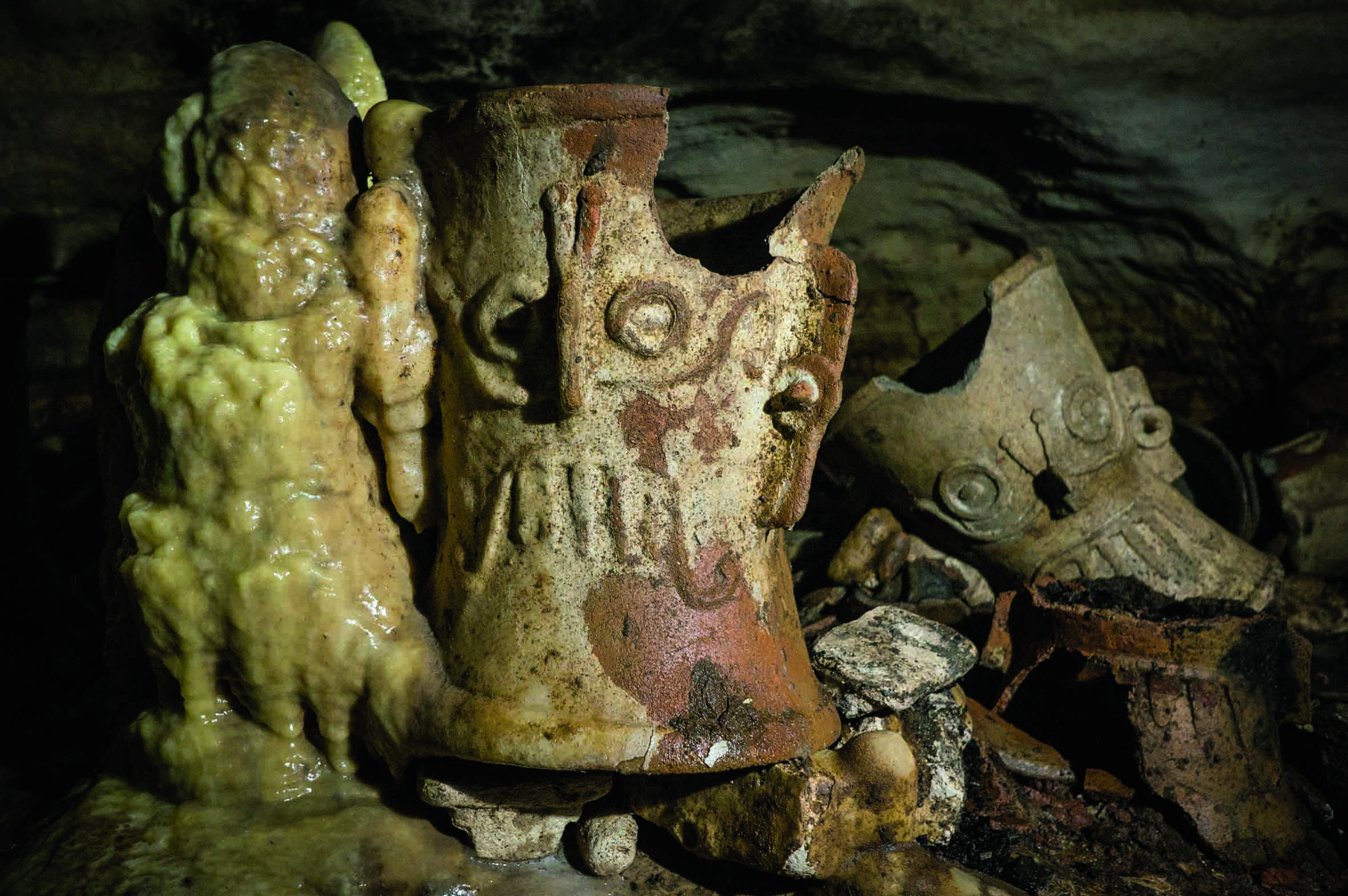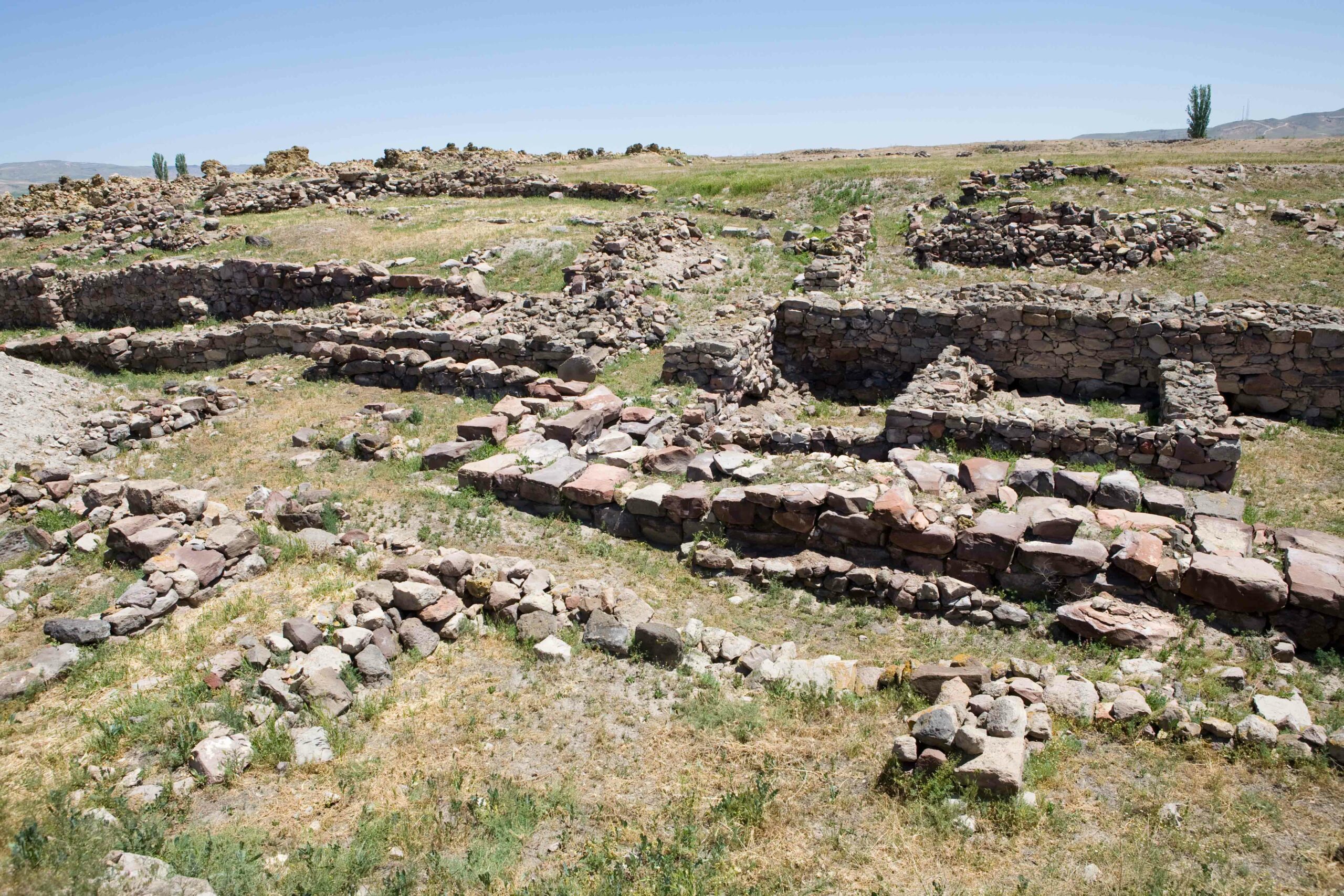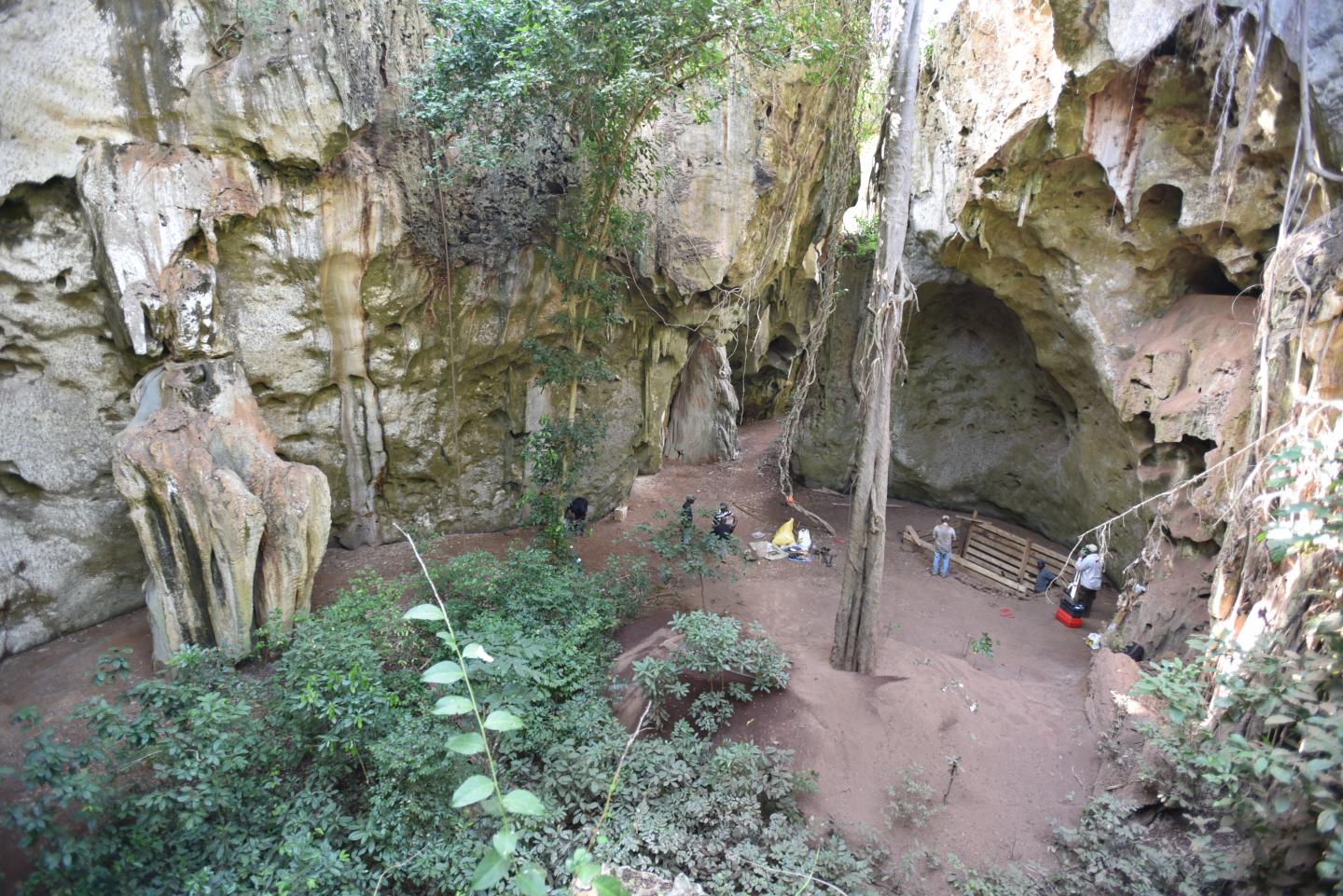
JENA, GERMANY—Haaretz reports that evidence for 78,000 years of human occupation has been found in Kenya’s Panga ya Saidi network of caves, ranging from the Middle Stone Age to the present day. The cave’s main chamber measures more than 1,000 feet square, and could have housed hundreds of people, according to Michael Petraglia of the Max Planck Institute for the Science of Human History, although it has recently been used just for burials and rituals. Stone arrowheads, blades, and tools with a dull edge for attachment to a shaft first appeared in the cave’s layers dated to about 67,000 years ago, or some 10,000 years after the first inhabitants, who used larger stone tools, moved in. Kenya’s oldest-known bead, dated to about 65,000 years old, was also recovered. Carved bones, tusks, and worked pieces of ochre were found in layers dated between 48,000 and 25,000 years ago. Petraglia explained that the turning points in technologies were marked by mixes of tools and artifacts, rather than sudden changes. He thinks the cave’s inland location, in a transitional area between the forest and the savannah, may have provided generations of residents with a stable environment at a time when other areas of Africa experienced drought. To read about another discovery in Kenya, go to “Earliest Stone Tools.”


